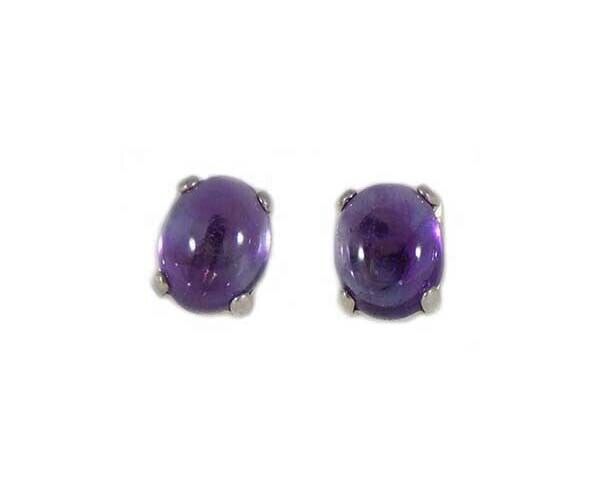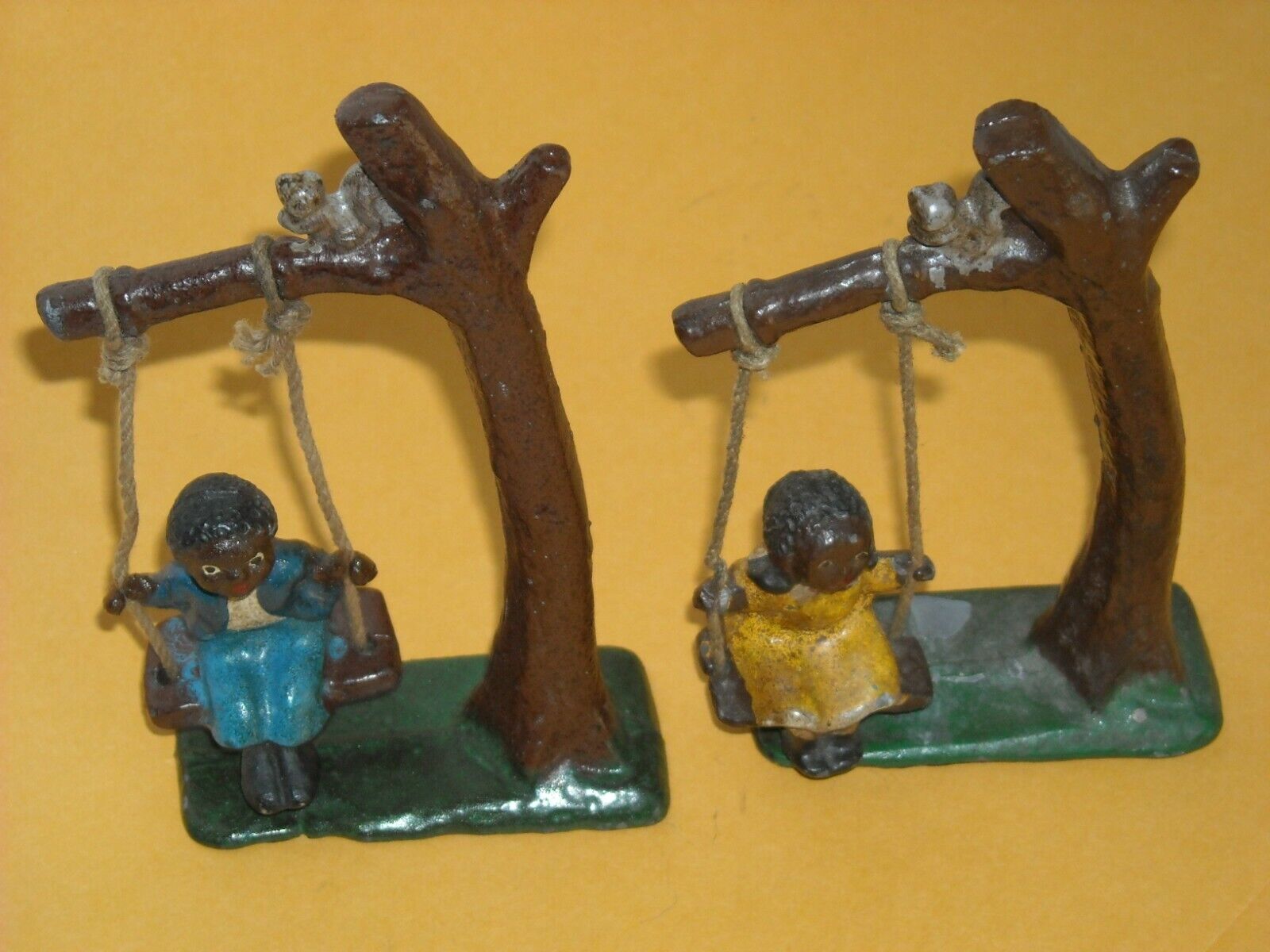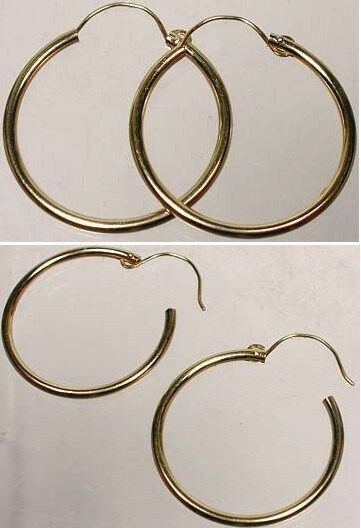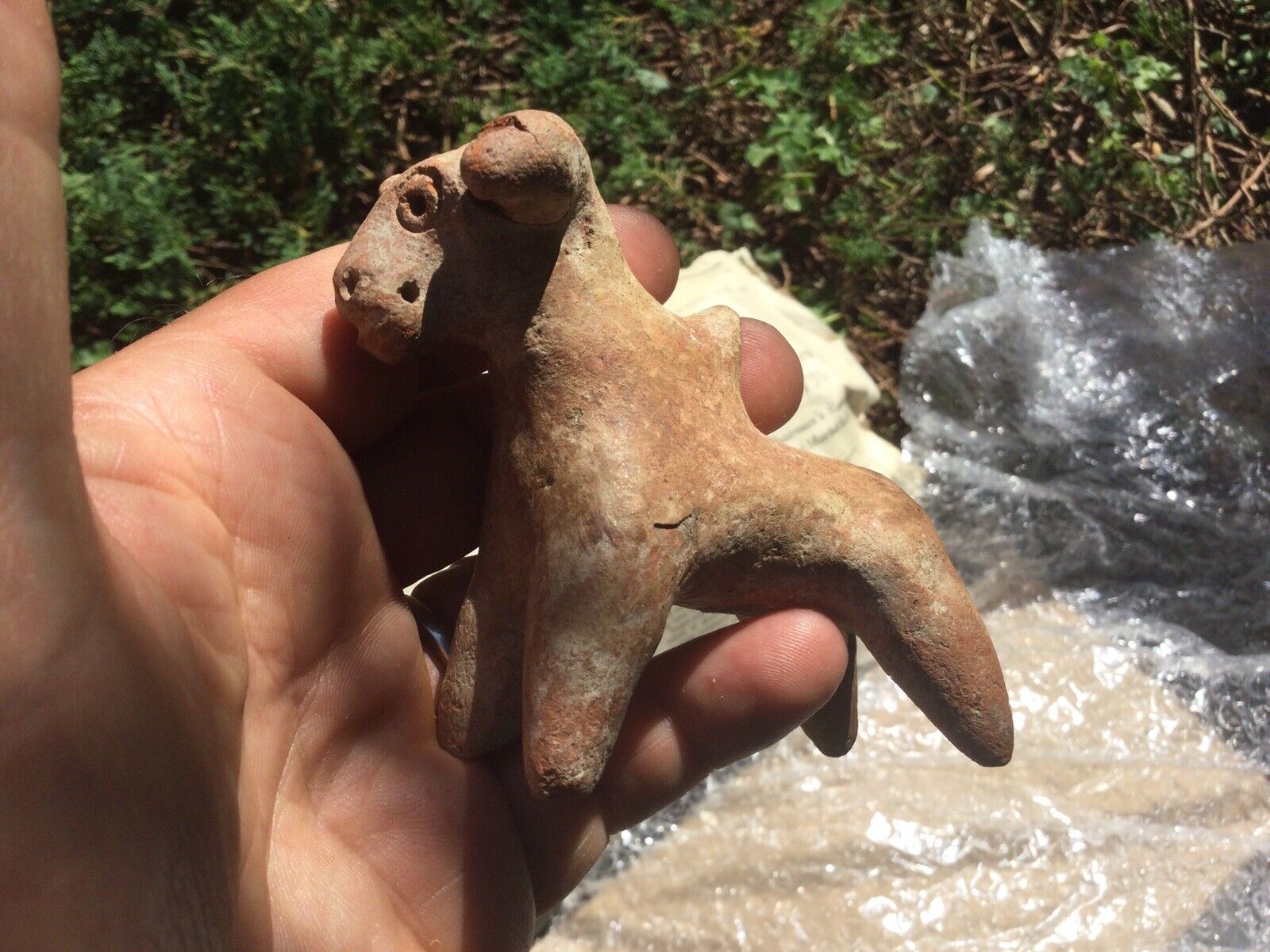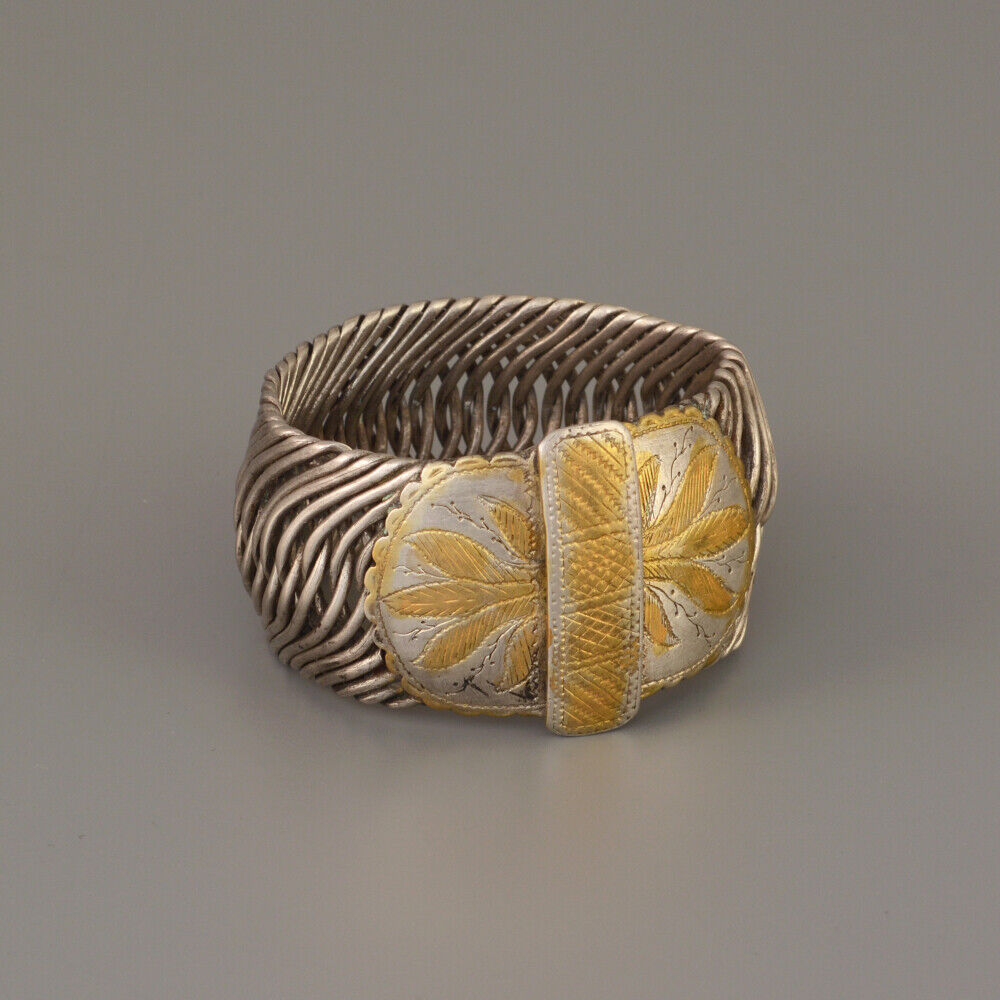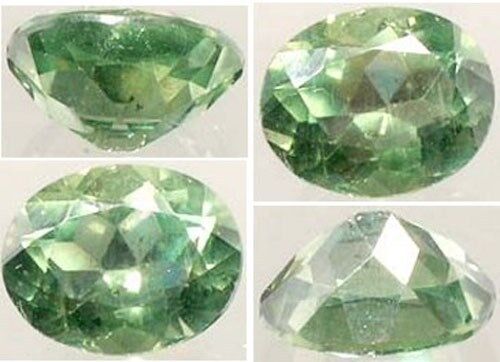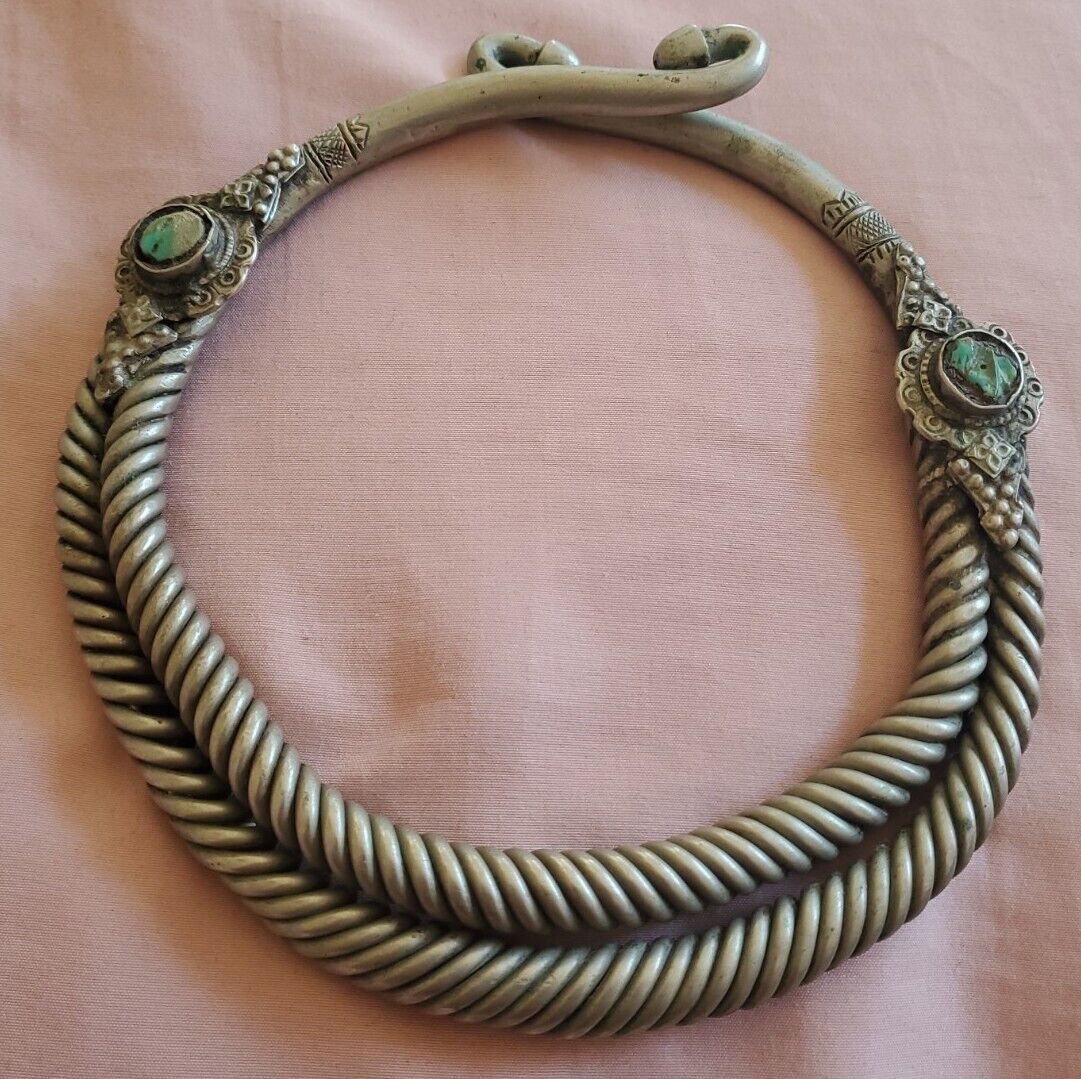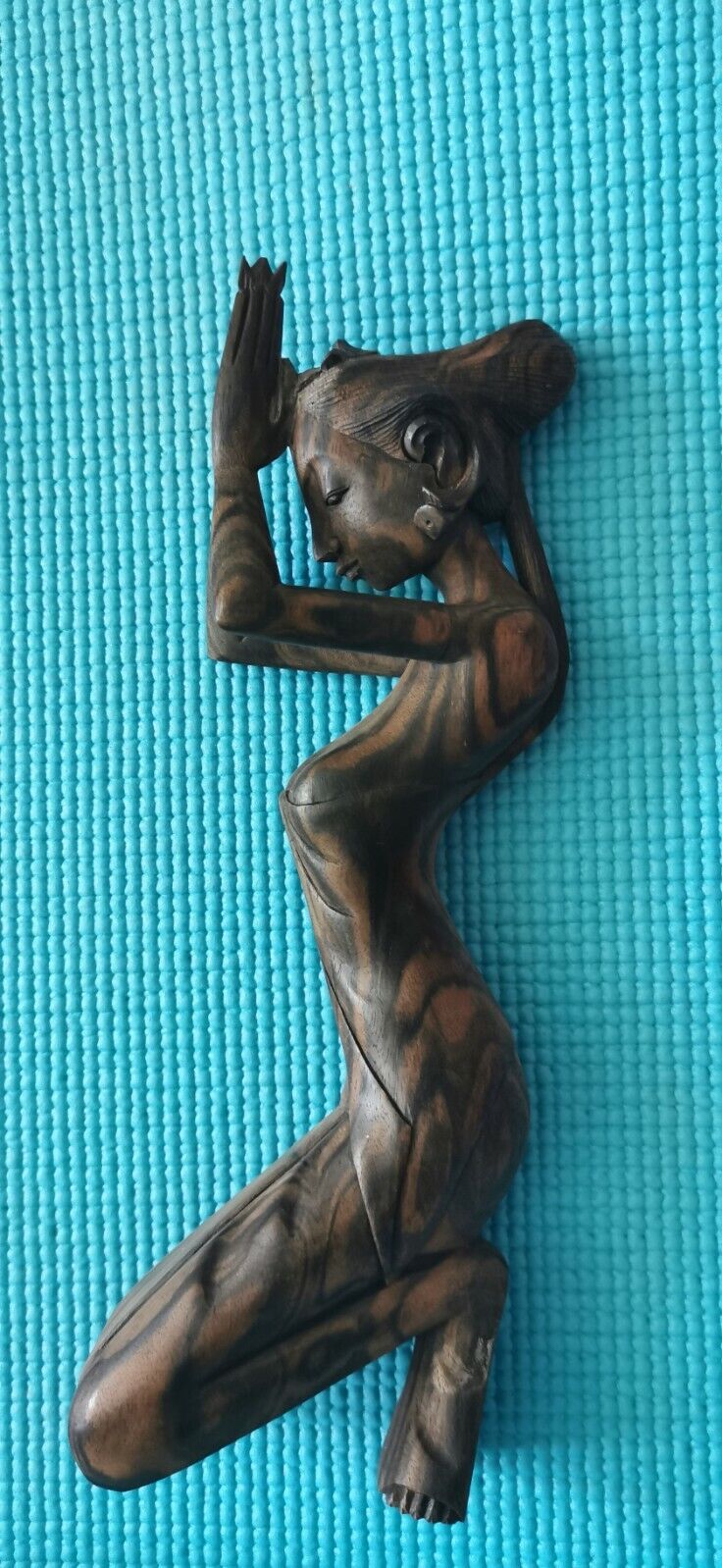-40%
Scotland Amethyst Earrings Medieval Roman Catholic Bishop Gem Silver Studs
$ 116.15
- Description
- Size Guide
Description
Two Large Two Carat Dark Royal Purple Antique Genuine Natural Amethyst Ovals. Mounted into contemporary high quality sterling silver studs.CLASSIFICATION:
Two Royal Amethyst Cabochon Ovals.
ORIGIN:
Coastal Devonian Lava Beds, Angus, Scotland. 18th Century.
SIZE
: Length: 9mm. Width: 7mm. Depth: 5mm. All measurements approximate.
WEIGHT
: 4.25 carats (combined weight).
NOTE
: These earring settings are also available in solid 14kt gold. Other setting styles (euro clicks, lever backs, kidney wires, ball/stud dangles) are available upon request, both in sterling silver, as well as 14kt solid gold and in 14kt gold fill.
DETAIL:
In the medieval church Amethyst stood for piety and celibacy and was therefore worn by members of the Catholic Church clergy and was used to adorn crosses. Amethyst was also described in the Bible (Exodus 28:19; 39:12) as one of the 12 stones adorning the breastplate (hoshen) of the high priests of Yahweh. Also described in the Bible as the twelfth foundation of the (post rapture) heavenly “Holy City” is said to be built of amethyst. Here are two large, very colorful 18th century handcrafted dark royal purple amethyst ovals from the Devonian lava beds found along the coast of Angus Country, Scotland. Very popular in 18th and 19th century Victorian Scotland, amethyst has remained a very popular gemstone through the 20th century. Gorgeous, vibrant, and richly hued, these striking gemstones possess breathtaking luster and delicate hue.
These unusual gemstones were hand shaped and polished into these beautiful oval cut cabochons by an 18th century Russian artisan. They are fascinating gemstones, much nicer in appearance than the images here would suggest. They are nice quality amethysts by 18th century standards. The gemstones are more or less transparent, though as one can easily discern, by no means flawless. By today’s standards they are not high quality amethyst – though of course they are generous in size, remarkable in color, and historically significant. But judged by 18th century standards, these were nice, large, sumptuous, and not inexpensive gemstones. In many European countries the rich purple color of dark amethyst was associated with royalty – and was very popular with all of the royal families in Renaissance and Victorian Europe.
The earring settings are of contemporary origin. They are high quality settings manufactured by one of the USA’s leading semi-custom mount producers. They are constructed of sterling silver; they are not cheap, silver electroplated earrings. It is genuine sterling silver, designed to last a lifetime. It's a first-class piece of jewelry throughout. We can reset in 14kt solid gold or 14kt gold fill upon request, and there are also many other setting styles available upon request.
The two gemstones are matched, though like snowflakes each is unique. Although here in these 500% photo enlargements they might appear to be quite different from one another, to the unaided eye at normal magnification they match quite pleasingly. The gemstones have great lustre, but they are not flawless, and could not meet the contemporary criteria necessary to be even characterized as high quality. True, the blemishes they possess are not as apparent in hand as they are in these photo enlargements. Magnified several times over, as they are here, you can see many blemishes composed of seamed colorless crystalline material within the gemstones and irregularities in the finish. But these characteristics are not only expected of hand-finished gemstones, you must also consider that three centuries ago the mining techniques prevalent did not allow the ultra deep mining operations which are so common today.
Two centuries ago mankind was more or less limited to surface deposits or near surface deposits of precious and semi-precious gemstones. Higher quality gemstones which today are routinely mined from beneath hundreds of meters, even kilometers beneath the earth's surface, were simply inaccessible. So antique gemstones must be appreciated as antiques first, gemstones second. The relatively superlative quality of contemporary gemstones mined from deep beneath the earth's surface were simply not accessible three centuries ago, or at least, only rarely so. But for most, the unique nature and character of these antique gemstones more than makes up for minute blemishes and irregular finishing which by and large are not so terribly obvious as they are in these photo enlargements.
HISTORY:
Amethyst was one of the first gemstones used by man. Archaeologists have uncovered amethyst gemstones in burials dating back to the late Neolithic (5,000 B.C.). An amethyst bracelet was recovered at Abydos, in the tomb of the Pharaoh Djer, dating back to 3,000 B.C. Other notable finds in Egyptian archaeology have included an amethyst and gold “heart scarab”, from the tomb of Amenemhet II (20th century B.C.), an amethyst and gold anklet from the tomb of Queen Mereret in the funerary complex of Senusret III (19th century B.C.), and of course an amethyst bead bracelet from the tomb of Tutankhamun (14th century B.C.). In ancient Egypt, soldiers as well used to wear amethyst to remain calm during battle. The ancient Persians believed amethyst could ward off witchcraft when the stone was carved with a sun symbol. The name “amethyst” is derived from the Greek term "amethustos", meaning not drunk. Most ancient Mediterranean cultures believed that amethyst would protect against becoming intoxicated, and would protect soldiers from harm in battle. It was also believed that if a person drank from a cup or goblet made entirely of amethyst, he or she would not get drunk at all. Amethyst was also extensively used since ancient times for carving intaglio gemstones and seals, particularly by the ancient Greeks and Romans. In both ancient Greece and Rome rings of amethyst set in bronze were worn as charms against evil.
Amethyst came to Greece from Egypt just after the death of Alexander the Great. In Greek mythology, amethyst was rock crystal dyed purple by the tears of Dionysus, the god of wine and revelry, and the stone was believed to protect female wearers from seduction. Throughout ancient and medieval history, the color purple was traditionally the color of royalty, and was also associated with the planet and the Roman God Jupiter the “Lord of Gods” of the Roman pantheon, also known as Zeus to the ancient Greeks). Consequentially Amethyst has been used since the dawn of recorded history to adorn the wealthy, as well as royalty. Ancient civilizations prized the stone more than many other gems which today enjoy more recognition and value, including sapphire, ruby, diamonds and emerald. For some time in the ancient world, amethyst was valued equally with the diamond, and only royal families were lawfully entitled to own and wear the stone. The great 18th century finds in South America and Russia (the Russian Empress Catherine the Great sent thousands of miners into the Siberian Urals to look for it) made it more plentiful, and as its rarity decreased, so did its price. For many experts in the trade, the amethyst from the Ural Mountains in Siberia are considered the finest amethyst ever produced.
In ancient Rome, the first century historian and naturalist Pliny wrote that if amethyst were worn round the neck on a cord made from dog's hair, it would afford the wearer protection against snakebite. Later the fourth century Roman Catholic Priest Hieronymus (also known as Saint Jerome) even reported that eagles placed an amethyst in their nest in order to protect their young from the danger of snakebite. Amethyst was widely used in the Roman world both in jewelry, and as mentioned earlier, as carved intaglios for use in signet rings. Ancient accounts relate that (third century Roman) Saint Valentine owned a ring set with an antique amethyst carved with an image of Cupid. The stone was also a symbol of Saint Matthias (the apostle chosen by the remaining eleven apostles to replace Judas Iscariot following Judas' betrayal of Jesus and his suicide). Amethyst is also mentioned in the Bible (Exodus 28:19; 39:12) as one of the 12 stones adorning the breastplate (hoshen) of the high priests of Yahweh. Also described in the Bible, the twelfth foundation of the mythical (post rapture) heavenly “Holy City” is said to be built of amethyst. Moses described it as a symbol of the Spirit of God in the official robes of the High Priest of the Jews.
For many centuries Amethyst was worn by ancient priests and priestesses as a personal magical stone and focus of power. In a modern continuation of this tradition the Pope wears an amethyst ring, which absorbs so much of his personal energy that it must be buried with him or destroyed when he dies. In the early medieval church amethyst stood for piety and celibacy and was therefore worn by members of the Catholic Church clergy and was used to adorn crosses. It was particularly used in Bishops’ rings, the royal purple color symbolizing Christ and the bishop’s Episcopal authority. First mentioned as an official part of the bishop's insignia in the early seventh century, the ring, usually made of gold with an amethyst, came to symbolize a bishop's fidelity to and nuptial bond with the church, his spouse. Today, bishops frequently wear an oval shaped amethyst, usually very large, with the diocesan seal engraved directly into the flat surface of the gem.
Very good quality amethyst gemstones were also found in Aztec graves, though the deposits from which they were extracted are no longer known today. Aside from it use in medieval ecclesiastical jewelry, Amethyst also remained extremely popular in the jewelry of royalty. The oldest known stone in the Crown Jewels of England is an amethyst first worn in the 11th century by Edward the Confessor. In the Medieval world, Amethyst was also attributed with the power to control evil thoughts, and make its owner shrewd in business matters. It was also employed as a love charm, as a potent influence in improving sleep, as protection against thieves, to help the hunter in search of his game, and to protect the wearer from contagious diseases and insect bites. In the Medieval world amethyst was also worn as a talisman to protect crops against tempests and locusts. Medieval European soldiers wore amethyst amulets as protection in battle.
In Renaissance magic, an amethyst engraved with the image of a bear was worn as a protective amulet, and had the power to put demons to flight. Amethyst was believed to bring forth the highest, purest aspirations of human kind. Chastity/celibacy, sobriety, and control over one’s thoughts were all attributes heightened by wearing the stone. The gem would guard against the anger of passion, and the violent or base nature of its wearer. The stone was believed to encourage calm, bravery, and contemplation. Shamans of the ancient and medieval world used amethyst to assist prophecy and visions. Amethyst was also used in spells designed to magnify beauty.
Amethyst is the most highly valued variety of quartz. The purple coloring is caused by the presence of compounds of iron or manganese. Aside from the gorgeous color, Amethyst is also very popular in the production of jewelry due to the fact it is very hard and durable. Some of the other popular varieties of quartz include rock crystal (colorless quartz), citrine (yellow quartz), and aventurine (green quartz). Amethyst, like all quartz crystals, produces an electric voltage, a property known as piezoelectric. Unable to understand the characteristic, ancient cultures attributed many mystical properties have been attributed to the various varieties of quartz gemstones. Quartz gemstones were believed to act as psychic purifiers, tuning one into their inner "vibrations”. It was believed that quartz possessed the ability to amplify emotions, enhance concentration and intuition, and neutralize "negative energies".
Throughout history, gemstones were believed capable of curing illness to providing protection. Found in Egypt dated 1500 B. C., the "Papyrus Ebers" offered one of most complete therapeutic manuscripts containing prescriptions using gemstones and minerals. In the eastern civilizations of China, India, and Tibet, gemstones were not only valued for their medicinal and protective properties, but also for educational and spiritual enhancement. The medicinal uses of amethyst were many, including as a treatment for excess stomach acidity. A few centuries ago it was the practice to moisten the stone with saliva and rub it on the face to banish pimples, rough skin, and skin rashes. In traditional Chinese medicine, amethyst was prescribed for stomach pains and bad dreams, and was also be used for the healing of illnesses of the lungs as well as heart disease. It was believed to help detoxify the body, strengthen the immune system, and was used to treat ailments involving the central nervous system as well as the brain. Not only would amethyst alleviate a headache, cure deafness and relieve arthritis, but it would also help clear one’s thinking process, allowing one to process information more efficiently.
The metaphysical benefits of wearing amethyst included the ability to enhance and focus psychic abilities (opening the “third eye”, enabling visions of past lives and the inner self), as well as to calm nightmares and relieve insomnia. Wearing amethyst was believed to make the wearer gentle and amiable, and was also used to treat manic-depressives by bringing thought patterns into alignment, soothing overactive minds. It was believed to exert a calming influence on individuals prone to compulsive behavior, as well as (in the ancient world) over professional warriors who were addicted to the adrenaline rush of combat and warfare. When placed under a pillow, it was believed that an amethyst would induce pleasant dreams and self healing, and was believed to help with conscious recall of dreams and symbolic message.
Amethyst was also believed to attract wealth and power to the wearer. In the Chinese philosophy of Feng Shui, amethyst enhances the wealth corner focusing on the giving and receiving of material wealth. Amethyst was also regarded as a stone of love, exchanged between lovers as a token of mutual commitment. Amethyst was believed to loosen blocks in the mind where mental functioning had become confused and undirected, and to free the way to clearer thinking. Amethyst was also believed to help people who suffered from a faulty memory. Amethyst was used to help those prone to depression and melancholy. Amethyst was also often used to relieve stress and heal stress-related illness. It was considered to be especially effective for headaches, muscle tension and back or neck ache. Many also believed that amethysts were useful for those working to transcend chemical dependence, the stone working as a talisman to provide inner strength when battling dependency. Amethyst was also one of the few gemstones specifically prescribed for men to use to attract a “good woman” to love him.
SHIPPING & RETURNS/REFUNDS
: Your purchase will ordinarily be shipped within 48 hours of payment. We package as well as anyone in the business, with lots of protective padding and containers. All of our shipments are fully insured against loss, and our shipping rates include the cost of this coverage (through stamps.com, Shipsaver.com, the USPS, UPS, or Fed-Ex). International tracking is provided free by the USPS for certain countries, other countries are at additional cost.
ADDITIONAL PURCHASES
do receive a
VERY LARGE
discount, typically about per item so as to reward you for the economies of combined shipping/insurance costs. We do offer U.S. Postal Service Priority Mail, Registered Mail, and Express Mail for both international and domestic shipments, as well United Parcel Service (UPS) and Federal Express (Fed-Ex). Please ask for a rate quotation. We will accept whatever payment method you are most comfortable with.
If upon receipt of the item you are disappointed for any reason whatever, I offer a no questions asked 30-day return policy. Send it back, I will give you a complete refund of the purchase price; 1) less our original shipping/insurance costs, 2) less non-refundable PayPal/eBay payment processing fees. Please note that PayPal does NOT refund fees. Even if you “accidentally” purchase something and then cancel the purchase before it is shipped, PayPal will not refund their fees. So all refunds for any reason, without exception, do not include PayPal/eBay payment processing fees (typically between 3% and 5%) and shipping/insurance costs (if any). If you’re unhappy with PayPal and eBay’s “no fee refund” policy, and we are EXTREMELY unhappy, please voice your displeasure by contacting PayPal and/or eBay. We have no ability to influence, modify or waive PayPal or eBay policies.
ABOUT US
: Prior to our retirement we used to travel to Eastern Europe and Central Asia several times a year seeking antique gemstones and jewelry from the globe’s most prolific gemstone producing and cutting centers. Most of the items we offer came from acquisitions we made in Eastern Europe, India, and from the Levant (Eastern Mediterranean/Near East) during these years from various institutions and dealers. Much of what we generate on Etsy, Amazon and Ebay goes to support worthy institutions in Europe and Asia connected with Anthropology and Archaeology. Though we have a collection of ancient coins numbering in the tens of thousands, our primary interests are ancient/antique jewelry and gemstones, a reflection of our academic backgrounds.
Though perhaps difficult to find in the USA, in Eastern Europe and Central Asia antique gemstones are commonly dismounted from old, broken settings – the gold reused – the gemstones recut and reset. Before these gorgeous antique gemstones are recut, we try to acquire the best of them in their original, antique, hand-finished state – most of them originally crafted a century or more ago. We believe that the work created by these long-gone master artisans is worth protecting and preserving rather than destroying this heritage of antique gemstones by recutting the original work out of existence. That by preserving their work, in a sense, we are preserving their lives and the legacy they left for modern times. Far better to appreciate their craft than to destroy it with modern cutting.
Not everyone agrees – fully 95% or more of the antique gemstones which come into these marketplaces are recut, and the heritage of the past lost. But if you agree with us that the past is worth protecting, and that past lives and the produce of those lives still matters today, consider buying an antique, hand cut, natural gemstone rather than one of the mass-produced machine cut (often synthetic or “lab produced”) gemstones which dominate the market today. We can set most any antique gemstone you purchase from us in your choice of styles and metals ranging from rings to pendants to earrings and bracelets; in sterling silver, 14kt solid gold, and 14kt gold fill. When you purchase from us, you can count on quick shipping and careful, secure packaging. We would be happy to provide you with a certificate/guarantee of authenticity for any item you purchase from us. There is a fee for mailing under separate cover. I will always respond to every inquiry whether via email or eBay message, so please feel free to write.
